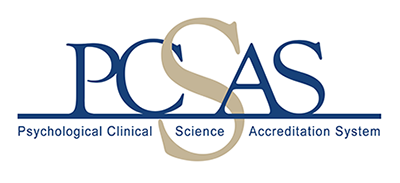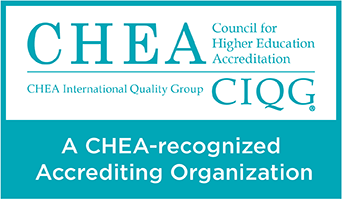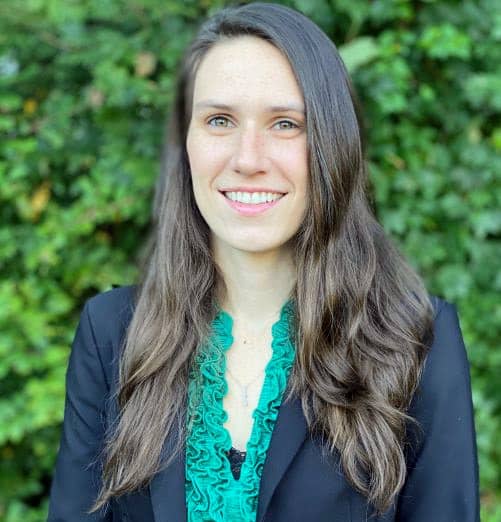The importance of building positive relationships between research institutions and community members to facilitate equitable, diverse, and impactful research has been increasingly recognized in recent years. However, while some fields have found success in increasing community engagement (e.g., public health, implementation science), psychology continues to lag behind in developing key community relationships (Collins et al., 2018; Rodriguez Espinosa & Verny, 2018; Wallerstein & Duran, 2010).
This may be in part because community-based participatory research can be viewed as a stark contrast to traditional psychology research frameworks. In traditional psychology research, community members are often considered participants in projects to help answer key questions posed by researchers. In contrast, community-based participatory research places emphasis on a collaborative relationship between researchers and community stakeholders in which community stakeholders are involved throughout the entire research process, and both researchers and other stakeholders contribute unique strengths (Collins et al., 2018). While community-based participatory research may not be the goal for everyone, improved researcher-community relationships are likely to benefit all involved.
Despite a potential desire to create these relationships, several barriers likely hinder researchers’ enthusiasm and readiness to engage community partners. Commonly cited barriers are lack of time, difficulty overcoming feelings of inequity between researchers and the community, and lack of knowledge around community-based engagement (Carter-Edwards et al., 2021; Martinez et al., 2018; Ross et al., 2010). However, given the importance of engaging with community partners to establish trust and enrich research efforts, it is critical not to shy away from this work.
Toward that aim, through considerations in the literature, personal experience in psychology and implementation science research, and discussions with others engaged in community work, I have developed the following recommendations:
Genuinely and continuously engage with the community: Building trusting relationships within the community takes time and effort. The first step in this process is to simply reach out to community members to make a connection. Do this early and often. For instance, attend community events and talk with community members who have interests that are aligned with yours. It is also important not to get discouraged if your first attempt at initiating community relationships is not successful. Continually showing up, being present in the community, and asking for their expertise and opinions will likely garner trust and support. Continued effort once a relationship is established is also critical. Trust is hard to earn, but easy to lose.
Identify a champion: It is likely that you will not be a part of every community with which you wish to work. Establishing a relationship with a key community member, someone willing to be a champion of your work and relationship, can assuage skepticism and distrust from members of a community where you may be seen as an outsider. To identify a champion, consider someone who is an integral part of the community, is trusted by others, and is willing to bridge the gap between community members and the research team. Partner with your champion to meet new community members and ask your champion to openly share their trust and support in you and the research as appropriate.
Ask what you can give, not just what you can take: Relationship building is a two-way street. It is critical to not simply go into the community and ask for what you need to do your research. Communicate openly and honestly your asks for the community, while also actively seeking out community members’ expertise. Rather than making assumptions about the community and its wants and needs, ask community members directly. Then, most importantly, follow through on the items you have promised. For instance, if community members have input on research questions, methods, or recruitment strategies, integrate that feedback as much as possible. Similarly, community members may want greater access to data and a better understanding of how research data is being used. If you agree to sharing progress or final data back with the community, make it a priority to do so with presentations, newsletters, and more.
Be flexible: Community members often do not follow the same work style and schedule that researchers do. Be as flexible as possible in how you interact with community members. For instance, be willing and available to take calls, meet in person, and reschedule meetings when other priorities emerge for the community. Also consider the community’s available resources. Community members may find it difficult to meet during traditional work hours or may need childcare to attend events. Proactively extend this flexibility to your research methodology as well. For instance, if focus groups versus individual interviews, or virtual as opposed to in person meetings, are more acceptable to community members, consider making these adjustments.
Align your resources with others available: Leveraging resources you already have available will likely streamline this process and allow you to more quickly foster genuine relationships. Consider working with other faculty or students who are already doing community engagement work. Additionally, while support for this work may vary at differing institutional levels, some institutions or departments have resources to facilitate relationship building. For instance, within the [AUTHOR INSTITUTION] Psychology Department, a Community Advisory Board was developed to build community relationships and increase access to care (Community Advisory Board, 2022). In addition, translational institutes, such as the [AUTHOR INSTITUTION] Clinical and Translational Science Institute connect researchers and community members to gain insights and feedback on research before it is conducted to improve its impact (Giving community members a voice in research planning, 2023).
Overall, improved relationships between researchers and community members are likely to increase engagement from diverse populations, build trust in researchers, and improve translation of research into community-accepted interventions. It may feel challenging and overwhelming to begin building these relationships. To address this, several recommendations were discussed to facilitate this relationship building process including: (1) genuinely and continuously engage with the community, (2) identify a champion, (3) provide something back to the community instead of simply taking something away, (4) be as flexible as possible, and (5) align your resources and efforts with others who are doing this work.
References
Carter-Edwards, L., Grewe, M. E., Fair, A. M., Jenkins, C., Ray, N. J., Bilheimer, A., Dave, G., Nunez-Smith, M., Richmond, A. & Wilkins, C. H. (2021). Recognizing cross-institutional fiscal and administrative barriers and facilitators to conducting community-engaged clinical and translational research. Academic Medicine, 96(4), 558.
Collins, S. E., Clifasefi, S. L., Stanton, J., Straits, K. J., Gil-Kashiwabara, E., Rodriguez Espinosa, P., Andrasik, M. P., Miller, K. A., Orfaly, V. E., The LEAP Advisory Board, Gil-Kashiwabara, E., Nicasio, A. V., Hawes, S. M., Nelson, L. A., Duran, B. M., & Wallerstein, N. (2018). Community-based participatory research (CBPR): Towards equitable involvement of community in psychology research. American Psychologist, 73(7), 884.
Community Advisory Board. Department of Psychology – University at Buffalo. (2022, September 7). https://arts-sciences.buffalo.edu/psychology/about/psychological-services/community-advisory-board.html
Giving community members a voice in research planning. Community Engagement Studios give community members a voice – Clinical and Translational Science Institute – University at Buffalo. (2023, November 15). https://www.buffalo.edu/ctsi/ctsi-news.host.html/content/shared/www/ctsi/articles/academic_articles/community-engagement-studios-give-community-members-a-voice.detail.html
Martinez, L. S., Carolan, K., O’Donnell, A., Diaz, Y., & Freeman, E. R. (2018). Community engagement in patient-centered outcomes research: Benefits, barriers, and measurement. Journal of clinical and translational science, 2(6), 371-376.
Rodriguez Espinosa, P., & Verney, S. P. (2021). The underutilization of community‐based participatory research in psychology: A systematic review. American journal of community psychology, 67(3-4), 312-326.
Ross, L. F., Loup, A., Nelson, R. M., Botkin, J. R., Kost, R., Smith Jr, G. R., & Gehlert, S. (2010). The challenges of collaboration for academic and community partners in a research partnership: Points to consider. Journal of Empirical Research on Human Research Ethics, 5(1), 19-31.
Wallerstein, N., & Duran, B. (2010). Community-based participatory research contributions to intervention research: the intersection of science and practice to improve health equity. American journal of public health, 100(S1), S40-S46.


